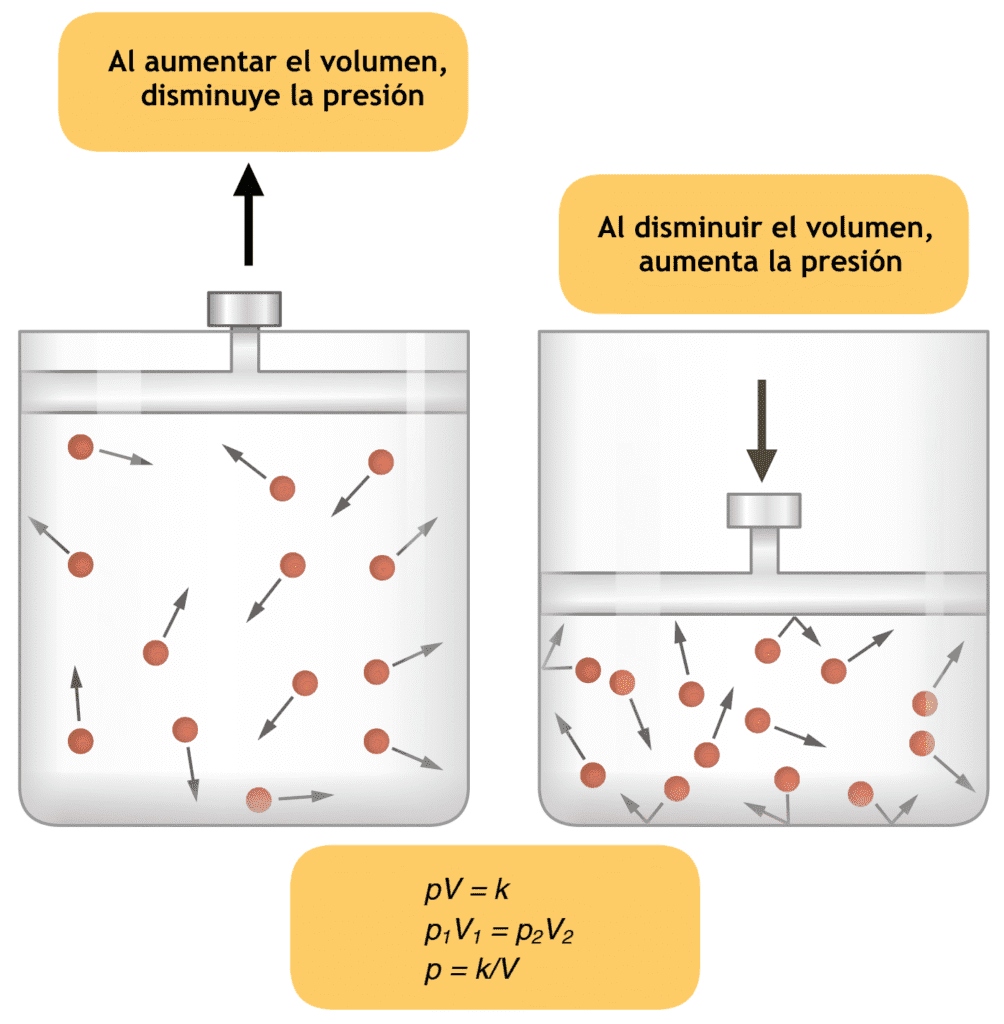Understanding Granisetron’s Use in Anesthesia for Nausea and Vomiting
When undergoing anesthesia, one of the common side effects that patients may experience is nausea and vomiting. These unpleasant symptoms can not only cause discomfort but also delay the recovery process. To alleviate this, healthcare professionals may administer medications like granisetron. In this article, we will explore the use of granisetron in anesthesia for nausea and vomiting.
What is Granisetron?
Granisetron is a medication that belongs to a class of drugs known as serotonin 5-HT3 receptor antagonists. It is primarily used to prevent and treat nausea and vomiting caused by chemotherapy and radiation therapy. However, its effectiveness in managing post-anesthesia nausea and vomiting (PONV) has also been recognized.
How Does Granisetron Work?
Granisetron works by blocking the action of serotonin, a neurotransmitter in the body that can trigger nausea and vomiting. By binding to the serotonin receptors in the gut and the brain, granisetron helps to inhibit the signals that would otherwise induce these symptoms.
The Role of Granisetron in Anesthesia
During anesthesia, the body’s natural defense mechanisms against nausea and vomiting can be compromised. Factors such as the type of surgery, the use of certain anesthetic agents, and individual patient characteristics can contribute to the development of PONV. To mitigate these risks, anesthesiologists may administer granisetron as part of a multimodal approach to prevent and manage PONV.
Granisetron can be administered intravenously or orally, depending on the patient’s condition and the healthcare provider’s preference. The timing of administration is crucial, and it is often given before the induction of anesthesia to ensure its maximum effect. By proactively addressing the issue of nausea and vomiting, granisetron helps to enhance patient comfort and improve the overall surgical experience.
Benefits and Effectiveness of Granisetron
Granisetron has been extensively studied for its efficacy in preventing and treating PONV. Clinical trials have shown that granisetron is significantly more effective than a placebo in reducing the incidence of nausea and vomiting after surgery. It has also been found to be well-tolerated with minimal side effects.
Furthermore, granisetron’s long duration of action makes it particularly useful in managing delayed-onset PONV, which can occur even after the patient has left the recovery room. Its effectiveness in preventing PONV has led to its inclusion in various clinical guidelines and recommendations for anesthesia practice.
Considerations and Precautions
While granisetron is generally safe and well-tolerated, it is essential to consider individual patient factors and potential drug interactions. Patients with a known hypersensitivity to granisetron or other serotonin 5-HT3 receptor antagonists should avoid its use. Additionally, healthcare providers should review the patient’s medication history to identify any potential interactions that may affect the efficacy or safety of granisetron.
It is worth noting that granisetron may cause some side effects, although they are typically mild and transient. These can include headaches, constipation, and a slight change in heart rate. Patients should inform their healthcare provider if they experience any persistent or concerning side effects.
Conclusion
Granisetron plays a valuable role in anesthesia by helping to prevent and manage nausea and vomiting. By blocking the action of serotonin, granisetron effectively reduces the incidence of these unpleasant symptoms, allowing patients to have a more comfortable and smooth recovery from anesthesia. As with any medication, it is important for healthcare professionals to consider individual patient factors and follow appropriate guidelines for its administration.
If you have any concerns or questions about the use of granisetron during anesthesia, it is best to consult with your healthcare provider who can provide personalized advice based on your specific situation.

